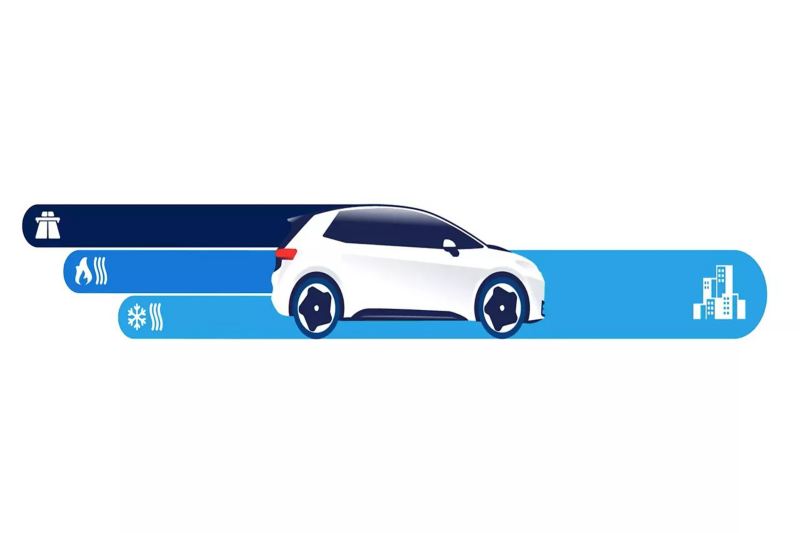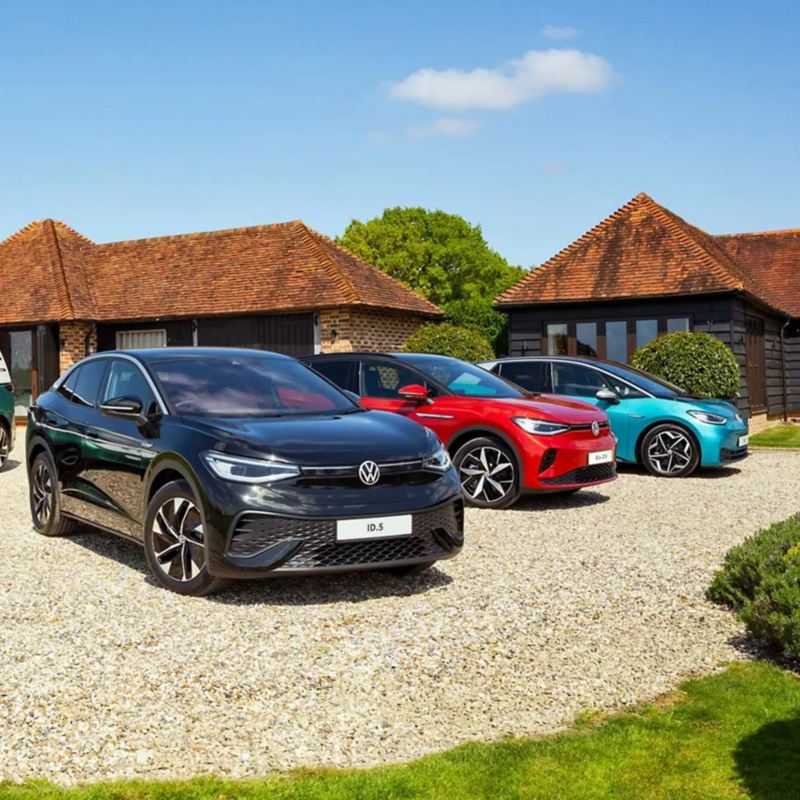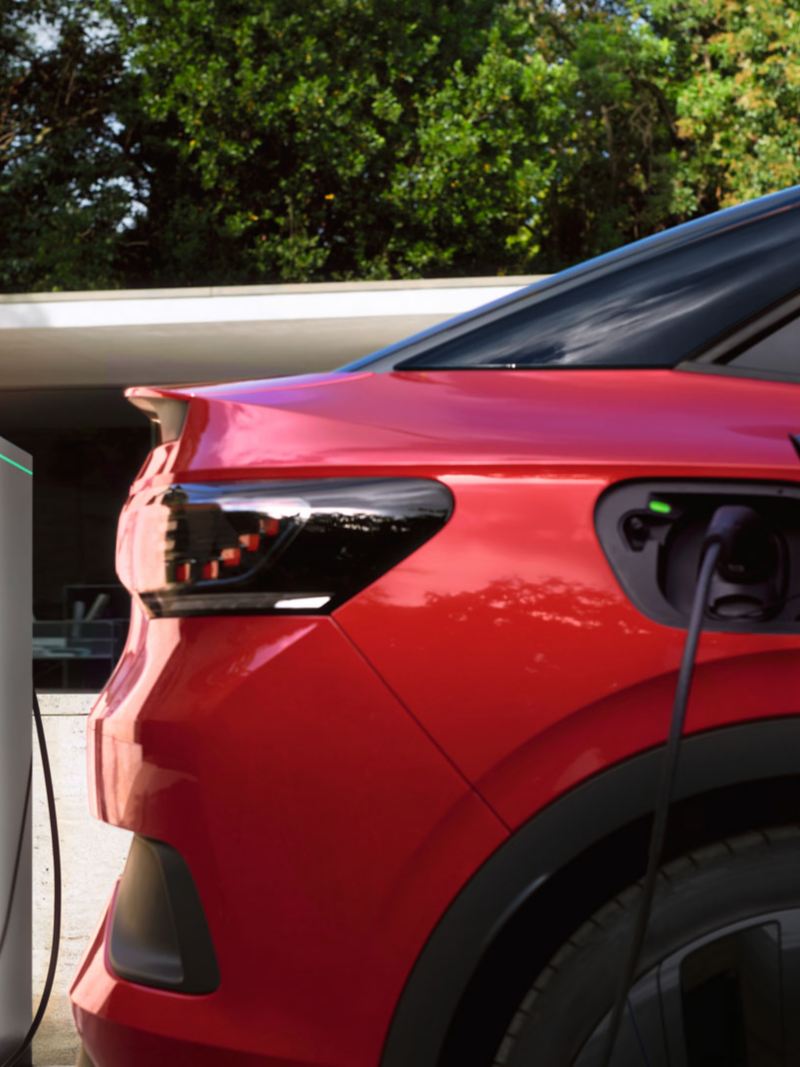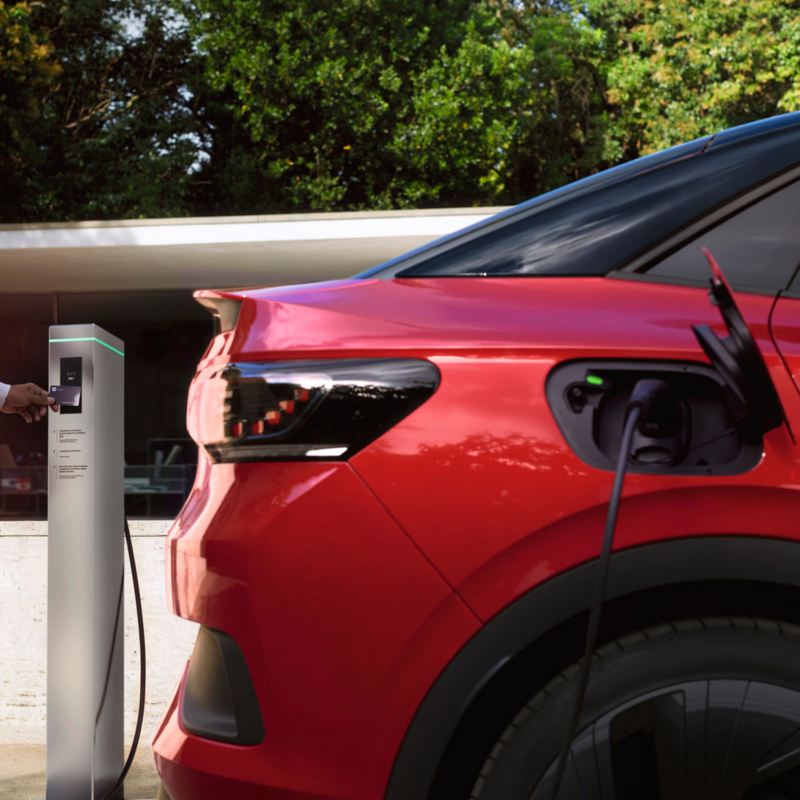Electric cars: the optimum speed
The faster a car drives, the faster it will travel a certain distance – or will it? How do driving speed and charging stops correlate, and is there an ideal speed for electric cars?
Find out more about the perfect speed here:
- The range – and therefore the number of charging stops – depends on various factors.
- Air resistance plays an important role. It increases significantly when you drive faster, increasing power consumption.
- The charging infrastructure along the route also affects the journey time.
As with any other vehicle, speed and consumption – and therefore the range – share a close relationship within an electric car. But the rule that says 'the higher the speed, the sooner you reach your destination' is slightly misleading. Even if the battery and charging technology are constantly advancing: it currently takes longer to charge an electric car than to fill up a petrol or diesel vehicle. In short, an additional charging stop can nullify the time gained by driving faster.
So, what is the optimum speed at which driving time and charging stops result in the shortest journey time?
Many factors affect the range
Speed, temperature, driving style, and other factors all affect the range.
For many reasons, it's very hard to give a blanket answer to this. First and foremost, speed is not the only factor that affects the range of an electric car. Personal driving style, outside temperature, use of heating or air conditioning, and other factors also influence how much energy an electric car consumes. These factors also include whether you are driving in urban traffic or on a motorway. When driving in the town or city, electric cars have many more opportunities to recover energy through recuperation as you brake far more often.
Secondly, the capacity of the battery plays a crucial role. An ID.3 Life with 58 kWh net battery capacity has a practical range of 263 to 360 miles before it needs to be recharged (WLTP combined).1
Ultimately, it also comes down to the charging infrastructure along the route. For instance, electric cars can be charged significantly more quickly at IONITY fast charging stations than at conventional ones, further shortening the charging stop. What's more, Volkswagen's Route Planner can also help you to plan a journey. It considers all the key vehicle parameters that are important for the journey and predicts the best route based on the practical range, including all charging stops. It also displays all the charging stations that can be used by Volkswagen customers in the vicinity or at your destination – including real-time availability status.

Speed and range
But why does a vehicle need more energy at higher speeds? This is where air resistance comes into play, which the electric car needs to overcome to maintain or increase its speed. It is calculated using the following formula: (vehicle speed squared) x (frontal surface area of vehicle) x (Cw value) x (half the air density).
The air density depends on the temperature and air pressure. For instance, it is lower in the mountains of the Lake District than it is around the streets of Manchester. The frontal surface area of the electric car is essentially the surface area within its outline when viewed from the front. The Cw value, also known as the drag coefficient, indicates how streamlined a vehicle is. The lower the value, the more streamlined it is. A Volkswagen ID.4, for example, achieves an excellent Cw value of 0.28. The new ID.5 has a value of just 0.26, thanks to its dynamic coupé line. The formula illustrates the major effect of driving speed on air resistance: doubling the speed equates to quadrupling the resistance. And the higher the resistance, the higher the consumption and the lower the range.

continue. (Image: JP Fotodesign)
Summary
There is no optimum speed because many factors affect consumption. However, as a rule of thumb, a driving style that's anticipatory and brisk, without racing, is a good compromise between driving time and consumption – and therefore charging stops. By contrast, constant high speeds or frequent powerful acceleration put a strain on the battery, and ultimately don't get you to your destination any sooner.


